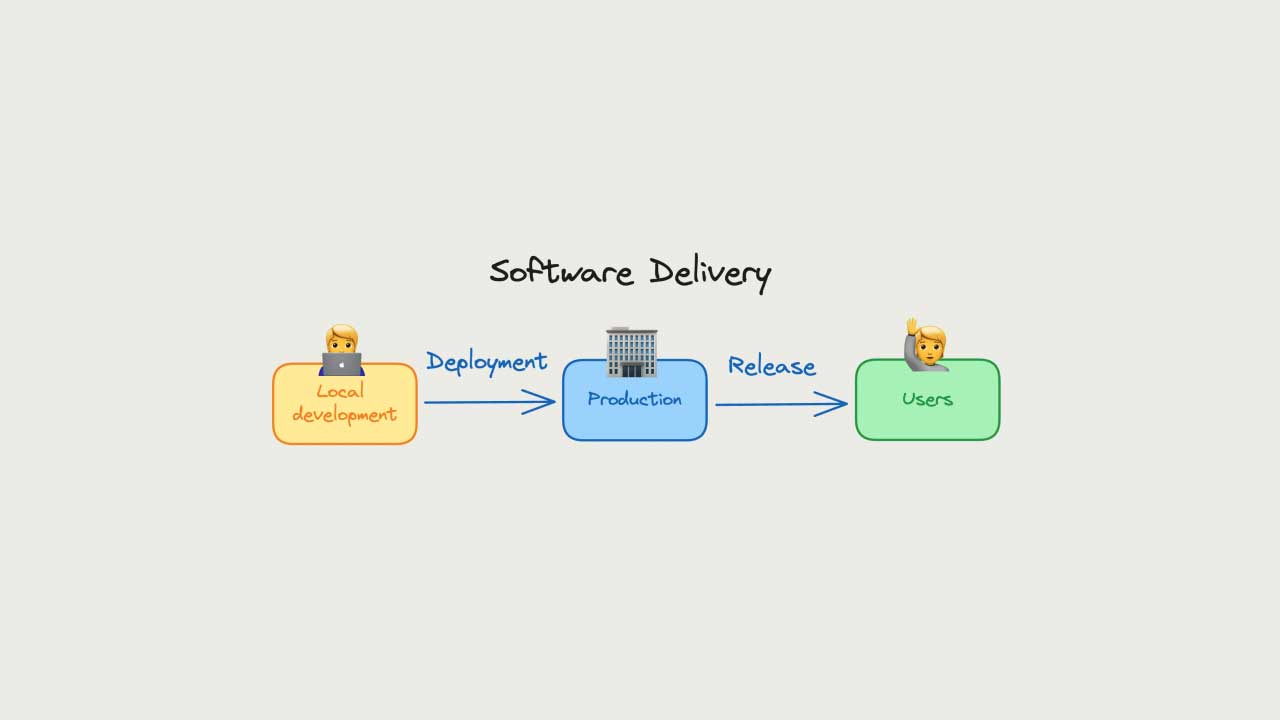Consulting for UI and UX: Crafting Agile Designs for iOS and Android Apps
In the ever-evolving digital landscape, user experience (UX) and user interface (UI) design play a crucial role in the success of mobile applications. Whether it’s for iOS or Android, a well-designed interface combined with a seamless user experience can significantly enhance user engagement and satisfaction. This blog delves into the importance of UI/UX consulting, how agile design principles can be applied to create effective solutions, and the impact of understanding business personas in this process.
1. The Importance of UI/UX Consulting
In a competitive market, the design and usability of a mobile app can be the determining factor between success and failure. UI/UX consulting provides businesses with expert insights into how their applications can be optimized to meet user expectations. A well-considered UI/UX strategy ensures that the app is not only visually appealing but also intuitive and functional, ultimately leading to higher user retention and satisfaction.
2. The Role of Agile Design in UI/UX
Agile design principles are pivotal in UI/UX consulting as they allow for flexibility, continuous improvement, and quick adaptation to changes. By adopting an agile approach, UI/UX designers can:
– Iterate Quickly: Agile allows for multiple iterations of design, enabling designers to test and refine concepts based on real-time feedback.
– Incorporate Feedback: Continuous user and stakeholder feedback is integrated throughout the design process, ensuring that the final product aligns with business goals and user needs.
– Enhance Collaboration: Agile promotes collaboration among cross-functional teams, leading to a more cohesive and comprehensive design solution.
3. Understanding Business Personas in UI/UX Design
A critical aspect of effective UI/UX design is understanding the target audience, often referred to as business personas. These personas represent the different segments of users who will interact with the app. By analyzing these personas, designers can:
– Tailor User Journeys: Each persona may have different needs and behaviors, and the UI/UX design should reflect this by providing personalized user journeys.
– Prioritize Features: Understanding what is most important to different personas allows for prioritizing features that will deliver the most value.
– Improve Accessibility: By considering the diverse needs of various personas, designers can ensure that the app is accessible to a broader audience, enhancing inclusivity.
4. Creating Off-the-Shelf Solutions for iOS and Android
Off-the-shelf solutions refer to pre-designed UI/UX components or templates that can be readily implemented into mobile applications. These solutions are advantageous because they:
– Save Time and Costs: Utilizing pre-existing designs accelerates the development process, reducing both time and costs.
– Ensure Consistency: Off-the-shelf solutions provide a consistent user experience across different platforms, such as iOS and Android, which is critical for brand recognition and user trust.
– Enable Customization: Although pre-designed, you can still customize these solutions to fit the specific needs and branding of the business.
5. The Impact on iOS and Android Apps
Businesses targeting both iOS and Android users must optimize the UI/UX design for each platform’s unique requirements. Consulting with UI/UX experts who understand the nuances of both operating systems can lead to:
– Platform-Specific Designs: Tailoring the design to fit the guidelines and user expectations of each platform enhances the overall user experience.
– Cross-Platform Consistency: While maintaining platform-specific designs, it is also important to ensure that there is consistency in branding and functionality across both platforms.
– Enhanced User Engagement: Well-designed apps that cater to the preferences of both iOS and Android users are more likely to see higher engagement and user satisfaction.
Conclusion
UI/UX consulting is a vital service for businesses looking to create compelling and user-friendly mobile applications. By leveraging agile design principles and understanding business personas, UI/UX experts can develop off-the-shelf solutions that are both effective and efficient. Whether for iOS or Android, the goal is to create a seamless user experience that meets the needs of the target audience while also aligning with business objectives.
FAQs
Q1: What is the difference between UI and UX?
A1: UI (User Interface) refers to the visual elements of an app, such as buttons, icons, and layout, while UX (User Experience) focuses on the overall feel of the app, including usability, navigation, and interaction.
Q2: Why is agile design important in UI/UX?
A2: Agile design is important because it allows for flexibility, quick iterations, and the ability to incorporate feedback throughout the design process, leading to a more refined and user-centric final product.
Q3: How do business personas influence UI/UX design?
A3: Business personas help designers understand the target audience, allowing them to tailor the design to meet the specific needs, behaviors, and preferences of different user segments.
Q4: Can off-the-shelf solutions be customized?
A4: Yes, you can customize off-the-shelf solutions to align with the specific branding, functionality, and needs of your business while still benefiting from pre-designed component.
Q5: How do UI/UX designs differ between iOS and Android?
A5: UI/UX designs differ between iOS and Android due to the distinct guidelines, user behaviors, and design patterns associated with each platform. It is important to tailor the design to fit each platform while maintaining overall consistency.









